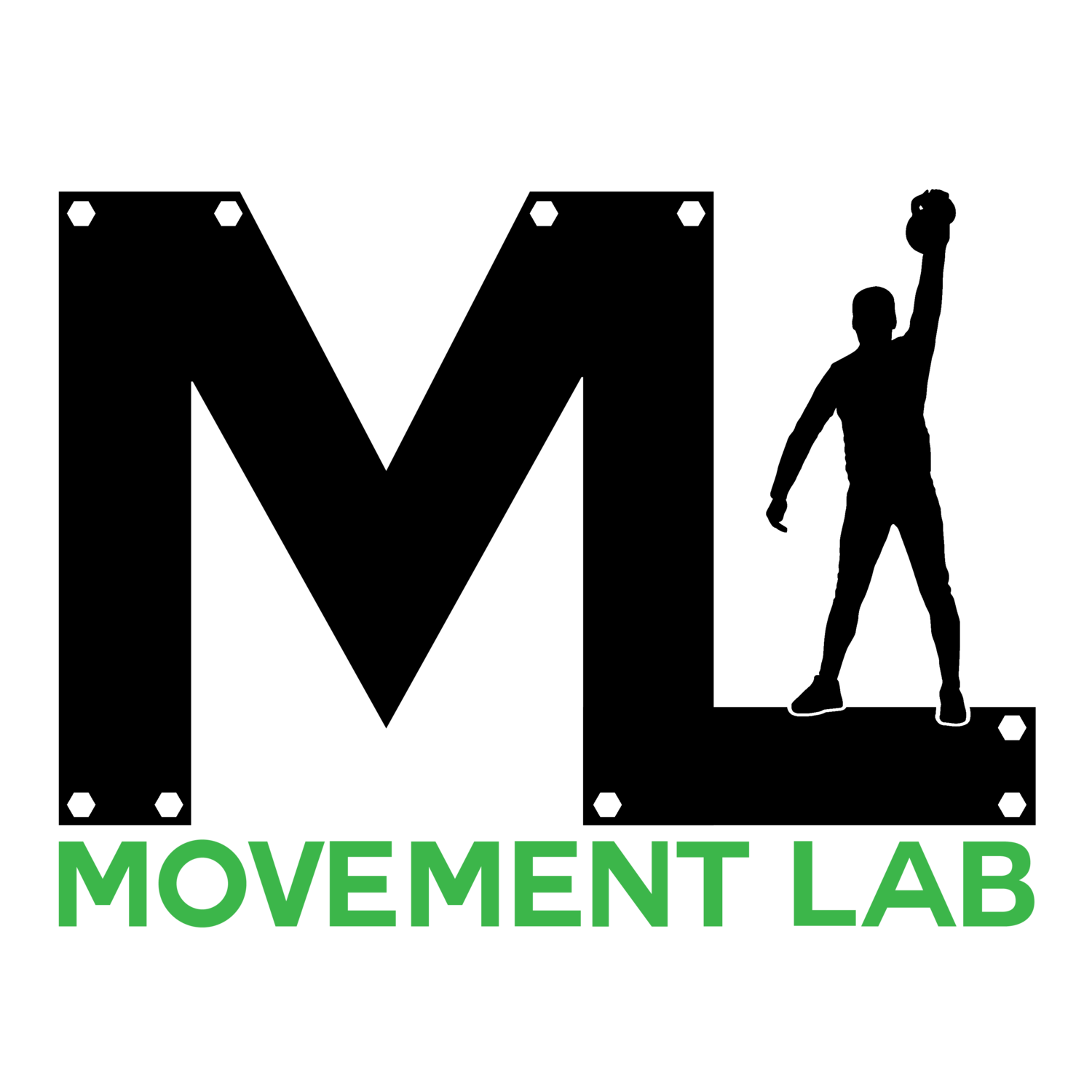A Breath of Fresh Air
What are you doing right now as you read this without paying attention? Breathing. Breathing obviously keeps us alive. It is the most essential part of being alive! But does breathing relate to the body more than just staying alive? Sure Does!!
Breathing and health benefits have been researched together for quite some time. The benefits of breathing have been studied to heavily influence several aspects of life such as: Biomechanically, Biochemically, and Psychophysiologically.
We are going to focus on breathing in one specific way, Biomechanically specifically in relation to stabilization. This will be a quick run-through of breathing and loading of the spine.
First we need to look at the major players in creating Static (stationary) stability which include: Pelvis, Ribcage, Lumbar spine. The biggest player at is the diaphragm. The diaphragm is responsible for respiration, stabilization and control for proper bracing and stabilization. As you breath in, the diaphragm pulls downwards towards the pelvic floor creating a force from above and below. Here is a picture to help identify what is actually occurring during a breathing from the diaphragm.
Whatever it is, the way you tell your story online can make all the difference.
Second, we need to look at major players in Dynamic stability which include: Thoracic Diaphragm, the Abdominal wall, Quadratus Lumborum, Erector spinae, Thoracolumbar fascia, and the Pelvic diaphragm. Below is a picture showing when all pressure and muscle contraction occurs leading to a central pressurization called, Intra-Abdominal Pressure. Balanced and proper intra-abdominal pressure can be seen in the following picture Figure A leading to a stable system all around. Figure B incorporates when we are not using the diaphragm creating poor loading and overloading of certain segments of the body.
Whatever it is, the way you tell your story online can make all the difference.
The rehabilitation principles utilized by Dynamic Neuromuscular Stabilization relate directly to proper Intra-Abdominal Pressure (IAP) relating to optimal posture, breathing patterns, and functional joint centration. You should think of creating proper IAP as creating a stable base for your extremities and joints to work off of. Once you create optimal IAP, the body is able to develop force from a single position and transfer load, power, and force to different areas such as your hips.
I like to think of intra-abdominal pressure as a soda can or unopened soup can. For those of you who know me, Orange Crush shall provide a pun and a ginger joke…
Proper IAP will create a strong pressurized system
Improper pressurization will lead to the can being "crushed" in several different regions leading to multiple crinkles or bends in the can creating it to pick up stability or have resistance being given somewhere else.
Ok, so there is the concept of Intra-abdominal pressure, but how do I practice it? Here are two quick ways to assess and progress yourself.
Step One:
Assess and determine how you are breathing, then practice. Dr curt gives a way of assessing and looking into advancing your breathing patterns in this video:
Diaphragmatic Breathing from 90/90 DNS: Columbia MO Chiropractor - Focus On Health Chiropractic
Step Two:
Now that you have breathing down, which will more challenging than you think. You can progress to the next exercise progressions
Dead Bug Compressions - Focus On Health Chiropractic - Columbia MO Chiropractor
We look forward to further discussing the concept of Intra-abdominal pressure in relation to maximize your rehabilitation and exercise programming! We will continue to further study this complex topic as we go forward!
Articles/Websites of Interest with further details:
Athletic Enhancement: Articles | athlete-enhancement
Dynamic Neuromuscular Stabilization (DNS) Literature & Research< (rehabps.cz)



